Description
Digital Negatives with QuadToneRIP
Demystifying QTR for Photographers and Printmakers
By Ron Reeder, Christina Z Anderson
Copyright Year 2021
ISBN 9780367862299
Published October 30, 2020 by Routledge
314 Pages 343 Color Illustrations
Digital Negatives with QuadToneRIP is a text that fully explores how the QuadToneRIP printer driver can be used to make expert digital negatives. The book takes a comprehensive, Òunder-the-hoodÓ look at how Roy Harrington’s QTR printer driver can be adapted for use by artists in several different creative practice areas. The text is written from the Mac/Photoshop point of view.
The book is divided into three parts. Part One is a step-by-step how-to section that will appeal to both beginning and more advanced practitioners. Part One includes quickstart guides or summary sheets for beginning students who want to jump into using QTR before understanding all of its functional components. Part Two addresses dimroom, darkroom, and printmaking practices, walking the reader through brief workflows from negative to print for lithium palladium, gum bichromate, cyanotype, salted paper, kallitype, silver gelatin and polymer photogravure, with a sample profile for each. It also includes an introduction to a new software iteration of QTR: QuickCurve-DN (QCDN). Part Three is devoted to contemporary practitioners who explain how they use QTR in their creative practice.
The book includes:
A list of supplies and software needed
A summary QTR glossary with a simple explanation of how each function works
A sample walk-through to create a QTR profile from start to finish
How to linearize profiles with simple to more exacting tools
A visual guide to modifying functions
Quickstart guides for many of the workflows
Instructions for crafting monochrome, duotone, tricolor, and quadcolor negatives
Instructions for using QTR to print silver gelatin in the darkroom
Instructions for using QTR to print alternative processes in the dimroom
Instructions for using QTR to print polymer photogravure in the printmaking room
Introductory chapter to QuickCurve-DN software
Troubleshooting common QTR problems
Generic starter profiles for processes discussed
Contemporary artists: their work and QTR process.
Learning how to craft expert digital negatives can be a bit overwhelming at the outset. Digital Negatives with QuadToneRIP makes the process as user-friendly as possible. Like other books in the series, Digital Negatives with QuadToneRIP is thoroughly comprehensive, accessible to different levels of learner, and illustrative of the contemporary arts.
Table of Contents
Preface
Biography
Foreword
PART ONE
QuadToneRIP
Chapter 1
Getting Started
Why QTR?
How digital printers work
Why two-part QTR profiles?
Sample QTR workflow
Installing QTR and Print-Tool
Installing a profile
Installing the Build QTR Curve tool
Printing with the Print-Tool App
Chapter 2
Supplies
Safety first!
The digital workroom
Computer with Photoshop and Lightroom
Epson ink jet printer
QTR and Print-Tool software
Build QTR Curve software
Transparency material
The dimroom
Stouffer’s step wedge (analog film)
Digital step tablets/wedges
Ultraviolet light sources
Contact and vacuum frames
Miscellaneous supplies
Supplies, consumables
Papers good for all alt processes
Chapter 3
Overview of QTR Vocabulary
Chapter 4
A Sample QTR Workflow
Steps to Make a QTR Profile
Determining basic exposure
Using the Ink Pattern page
Writing a Òbest guessÓ QTR profile
Linearizing a profile
Assessing actual prints
Fine tuning with Gray Curve
Chapter 5
Linearizing a Profile
Using a cell phone for image capture
Using a scanner for image capture
Linearizing by hand
Linearizing using Build QTR Curve
Linearizing using a densitometer
Linearizing using a spectrophotometer
Fine tuning your linearization
Which linearization method is best?
Chapter 6
A Visual Guide to Profile Functions
Sample overview of CurveView
Toggling CurveView on/off
Default (and other) ink limits
Boost
Gray parts and inks
Gray values
Gray highlight
Gray shadow
Gray gamma
Gray overlap
Gray curve
Copy curve commands
Curving individual inks
Linearize
Chapter 7
Quickstart Guides
QTR Profile Terminology
The Ink Pattern Page
Calculating a UV Exposure Time
Making a One Part Profile Step by Step
Making a One-Part Profile for Silver Gelatin
Making a Two Part Profile Step-by-Step
Making a Two-Part Profile with Build QTR Curve
Using Build QTR Curve to Linearize Profiles
Linearizing a Profile by Hand
Linearizing a Profile with a Densitometer
Linearizing a Profile with Data-Tool
Monochrome Negatives
Monochrome Negatives for the B&W Darkroom
Duotone (Warm/Cool) Negatives
Tricolor (RGB) Negatives
Quadcolor (CMYK) Negatives
Chapter 8
Troubleshooting QTR
Curve installation issues
Print-Tool issues
Prints do not look as expected
PART TWO
Sample Workflowsfrom Negative to Print
Chapter 9
Silver Gelatin by Doug Ethridge
Quickstart to making a print
Preparing an image for print
Building a test file
Preparing the computer
Preparing the darkroom
Deriving the QTR profile
Setting the black point with exposure
Setting the white point with ink load
Adjustments for tonal separation
Calculating the adjustment curve
Fine tuning the correction curve
Personalizing the curves
Exposure and variable contrast
One-part vs. two-part profiles
Advanced Print-Tool tips
Digital negatives for lith printing
Quick review of papers
Chapter 10
Lithium Palladium
Lithium palladium formula
Lithium palladium over ink jet
Chapter 11
Gum Bichromate
Stock gum Arabic
Stock ammonium dichromate
Stock color
Making the gum print
Gum QTR/Christina Z. Anderson
Chapter 12
Cyanotype
The classic cyanotype negative
Cyanotype 10/10 formula
Coating the paper
Exposing and processing
New cyanotype
New cyanotype formula
Coating the paper
Exposing and processing
Chapter 13
Salted Paper
Supplies
Papers to choose
Processing solutions
Silver nitrate solution
1% gold chloride solution
Paper salting solution
5% salted water wash
Gold sodium carbonate toner
Alkaline fixer
Hypoclear
Salting the paper
Sensitizing the paper
Exposing, processing, and toning
Chapter 14
Kallitype by Don Nelson
Supplies
Safety first!
Papers to choose
Developers
Clears
Toners
Fixer
Hypoclear
Sensitizing the paper
Exposing, processing, and toning
Biography
Chapter 15
Polymer Photogravure by Clay Harmon
The two approaches
Two-exposure method
Direct-to-plate (DTP) method
Tools, materials, software, digital files
Print measurement device
Plate calibration
Install QuadToneRIP
Direct-to-plate workflow
Make a carrier for the printer
Set up the printer
Establish the matte black ink load
Create a starter profile
Refine the profile through iteration
Two-exposure method
Create a quadfile starter curve
Determine screen exposure
Evaluate the screen test
Create a limited .quad
Measure the 21-steps on the test print
Print A6-StepTest again
Conclusions
Chapter 16
QuickCurve-DN by Richard Boutwell
Technical notes and materials
Transparency materials
Printers and ink sets
Papers
Light sources
QCDN instructions
Standardizing your practice
Getting started
Determining your base exposure
Finding the blocking density
Using the blocking density .quad file
Printing the blocking density test
Creating the starter curve
Printing with the starter curve
Measuring the print of the starter curve
Linearization
Loading the measurement data
Smoothing the measurement data
Manual curve control
Saving the linearized .quad curves
Confirming linearization
Creative practice
Creative process
Biography
PART THREE
Contemporary Artists
Chapter 17
Contemporary Artists
Harlan H. Chapman
Martha E. Davis
David J. Eisenlord
Douglas Ethridge
Kate Jordahl
Sandy King
Michael Puff
Judith Roan
Michael P. Rosenberg
Keith Schreiber
Bill Schwab
Mark Severson
John Foxe Sheets
Ryan Stander
Sam Wang
Jeanne Wells
Tom Wise
Rebecca Zeiss
Appendix
Units of measurement
Sources for supplies
Bibliography
Index
Authors
Dr. Ron Reeder (1939–2019) was a research molecular biologist, retiring in 2002 from the Fred Hutchinson Cancer Research Center in Seattle at which time he devoted himself to a second career in photography. Reeder’s particular interest was landscape photography. In addition, he relished taking wildlife, portraiture, and still life. Reeder was the first to apply Roy Harrington’s QuadToneRIP software to the making of digital negatives and went on to author books on the subject. This book is Reeder’s third on the technology of making digital negatives using QTR and is a testament to his role as mentor of the photographers included in its pages.
Christina Z. Anderson’s work focuses on the contemporary vanitas printed in a variety of 19th century photographic processes, primarily gum and casein bichromate, salted paper, cyanotype, and palladium. Anderson’s work has shown internationally in over 100 shows and 50 publications. This is her sixth book on alternative processes. Anderson is Series Editor for the Contemporary Practices in Alternative Process Photography series and Professor of Photography at Montana State University. To see more of her work, visit christinaZanderson.com.

 Achieving Your Potential As A Photographer: A Creative Companion and Workbook
Achieving Your Potential As A Photographer: A Creative Companion and Workbook 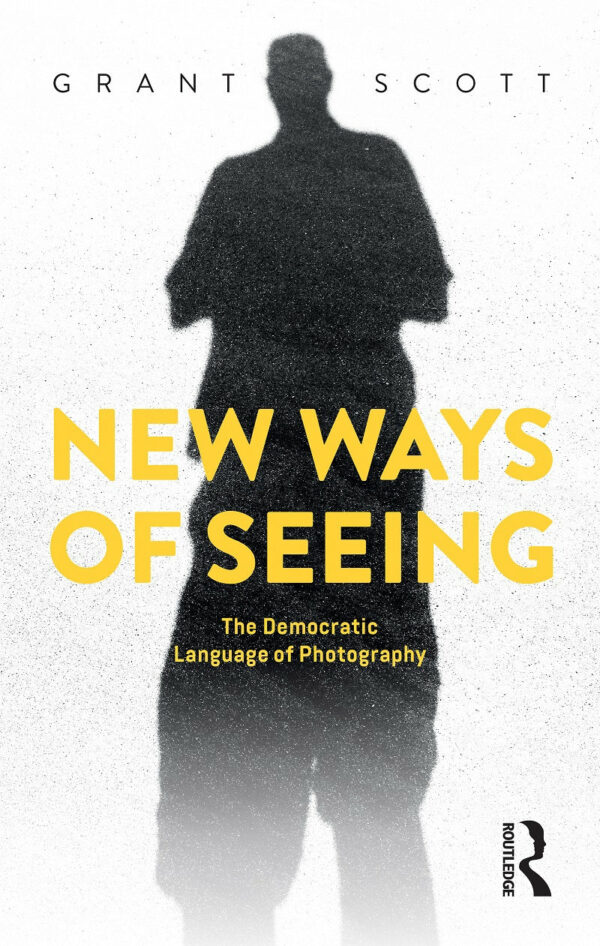 New Ways of Seeing: The Democratic Language of Photography
New Ways of Seeing: The Democratic Language of Photography 
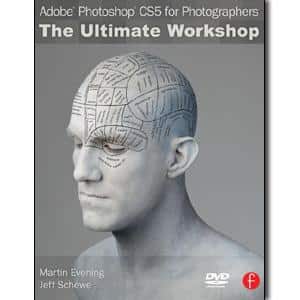
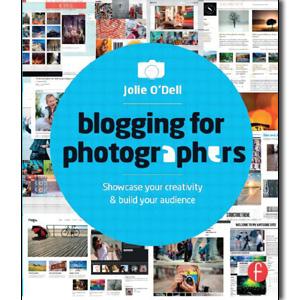
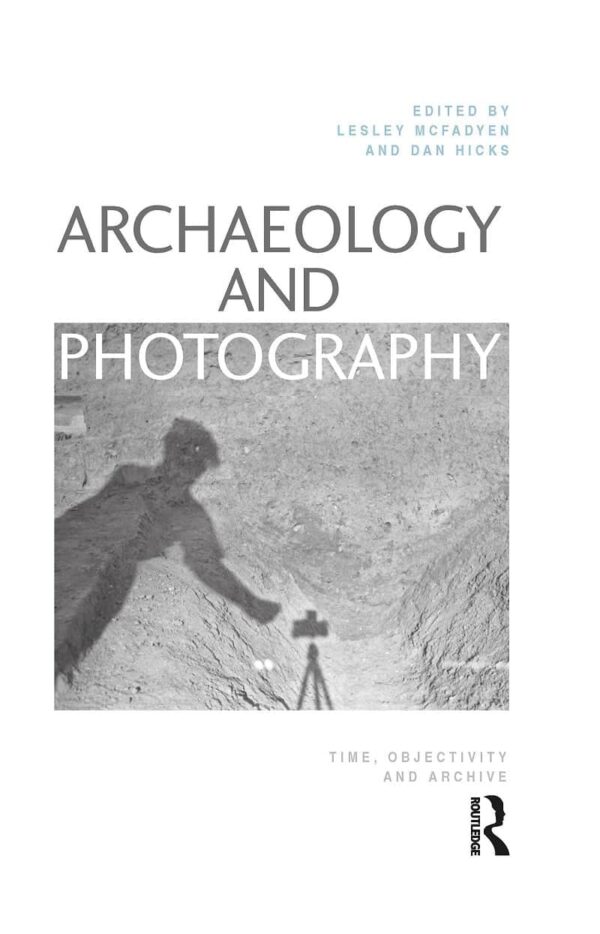
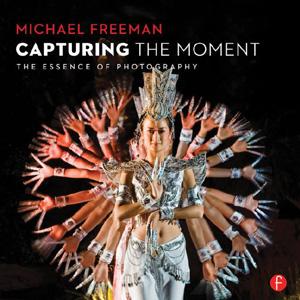
Reviews
There are no reviews yet.